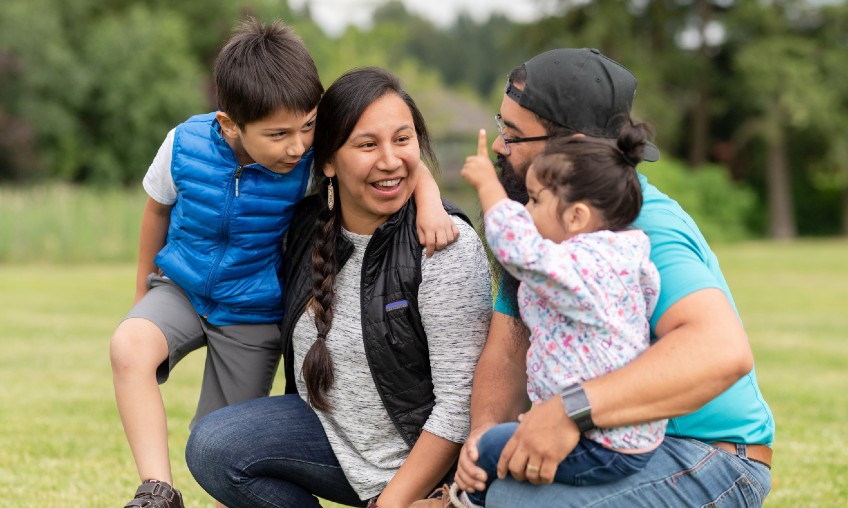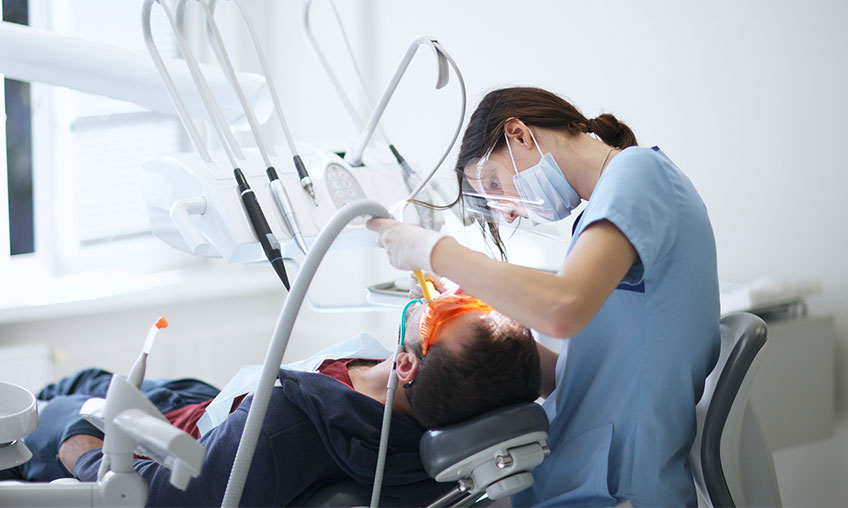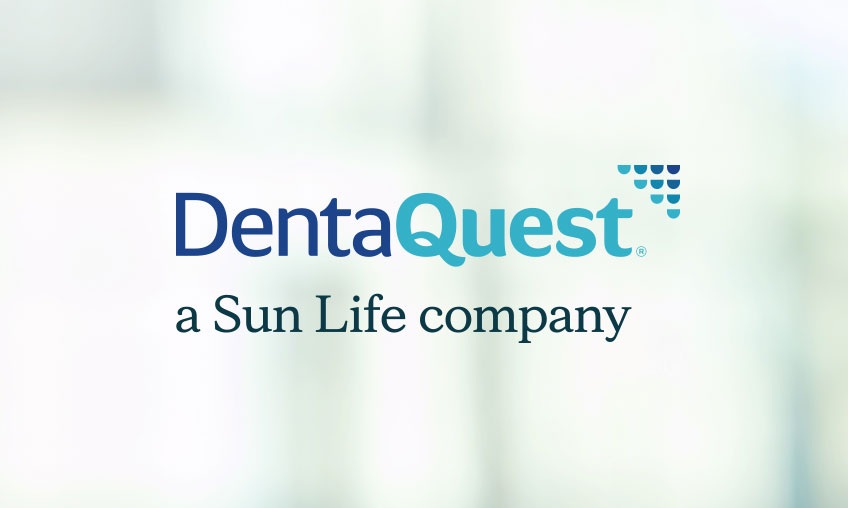Improving the oral health of all means providing access to dental care for all. But according to a 2021 survey conducted by the CareQuest Institute for Oral Health, an estimated 76.5 million adults, or 30%, do not currently have dental insurance. Many of those 76.5 million are a result of socioeconomic factors and racial inequalities that persist throughout the country and contribute to worse health outcomes for certain populations. To begin solving this problem, we need to break down the complex barriers that keep people from accessing oral health care and think differently about how we deliver it.
Breaking Down Barriers
Americans face many barriers to accessing quality health care — lack of insurance, lack of transportation, the inability to take time off from work for an appointment, limited numbers of oral care providers in an area, language and cultural barriers, and lack of adequate coverage all contribute to the problem.
Most people agree there are systematic, financial and emotional barriers to access and care. A critical first step in creating solutions, is the knowledge that oral health is an integral part of overall health.
Bringing Care to Patients
The traditional model of getting care at a dentist’s office simply doesn’t work for everyone and requires oral health providers to think differently about bringing treatment to patients.
How?
There are several promising solutions in use today:
Medical-Dental Integration. Moving toward an approach to care that integrates and coordinates dental medicine into primary care and behavioral health has demonstrated positive patient outcomes, along with reductions in total cost of care. Many community health programs and federally qualified health centers (FQHCs) are already doing this — and proving that it works.
Teledentistry. The ability to virtually deliver oral health and education services helps connect providers directly with patients and with other providers in a variety of settings. Teledentistry benefits a broad range of populations including Medicare and Medicaid beneficiaries, the uninsured, underserved and rural populations, people with urgent dental care needs, and people who fear going to the dentist.
Providing care in non-traditional settings. Going beyond the dentist’s or doctor’s office means providing care in non-traditional settings, including schools, nursing homes, pharmacies or community centers. Expanding access to health care via these types of non-traditional methods helps patients achieve better health outcomes. And it also benefits the providers, employers and others who have the best interest of the patient in mind.
Expanding access doesn’t happen overnight, but the shift in mindset and practice can open new doors to better care — and better health — for all.

PREVENTISTRY PULSE
The newsletter designed for anyone who wants to improve oral health for themselves, their families, customers or communities.




